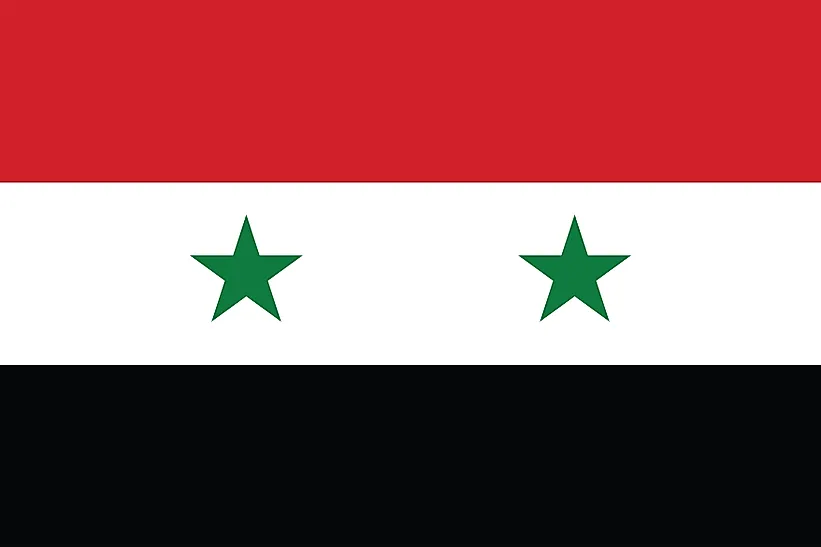
シリア
| 大陸 | アジア |
| 資本金 | ダマスカス |
| 人口 | 17,185,170 |
| GDP | $50.28 億ドル |
| 一人当たりGDP | $2,900 |
| ダイヤルコード | +963 |
| ISOコード(2文字) | SY |
| ISOコード(3文字) | SYR |
シリアについて
歴史的に重要な意味を持つシリアへようこそ。185,180平方キロメートルに約1,700万人の人口を擁するシリアは、古代文明の交差点に位置し、驚くべき考古学的遺産と多様な地理を兼ね備えています。
地理的特徴と自然の美しさ
シリアの地理は、地中海沿岸から砂漠地帯まで多様な風景を包含している。肥沃なユーフラテス川流域、反レバノン山脈、シリア砂漠がある。
海岸沿いの山岳地帯、内陸の平原、ステップ地帯など、さまざまな地形がある。変化に富んだ地形が多様な生態系を生み出し、ユニークな野生生物と植生パターンを支えている。
保護地域には古代の森林や湿地帯が含まれるが、その多くは保護に課題を抱えている。この国の自然遺産には、重要な水資源や肥沃な農地も含まれる。
文化遺産と伝統
シリアの文化は、数千年にわたる文明の豊かなタペストリーを表現している。この国の遺産には、人が住み続けた世界最古の都市、独特の建築伝統、多様な芸術表現が含まれる。
伝統芸術には、複雑な木工細工、ダマシン金属細工、伝統音楽などがある。文化面では、伝統的な手工芸品、古くからの市場(スーク)、独特の食文化がある。
中東全域で有名なシリア料理には、キッベ、シャワルマ、さまざまなメゼといった料理がある。伝統的なもてなしと共同食卓は、今も社会生活の中心となっている。
歴史の旅
シリアの歴史は、初期の文明からさまざまな帝国を経て現代に至る。この国には、エブライ人やアラメ人など数多くの古代文明が存在した。
重要な時代には、古代メソポタミアの影響、ギリシャとローマの支配、イスラム黄金時代、オスマントルコ時代、1946年の独立が含まれる。この国の考古学的遺跡は、文明の発展の歴史を物語っている。
現代の経済状況
シリアの伝統的な経済は、農業、石油生産、観光業が中心だった。シリアの肥沃な地域には大きな農業の潜在力がある。
歴史的な経済力には、織物生産、農産物輸出、文化観光などがあった。シリアの戦略的立地は、歴史的に地域貿易における役割を支えてきた。
国際関係とグローバルポジション
シリアは歴史的に、その文化的、戦略的な位置を通じて、地域に大きな影響力を維持してきた。3つの大陸の交差点に位置するシリアは、その歴史的意義をさらに高めている。
ご存知でしたか?
- ダマスカスは、人が住み続けた世界最古の都市のひとつとされているが?
- 最初のアルファベットは古代シリアのウガリトで開発された?
- 古代都市パルミラはシルクロードの重要な拠点だった?
- シリアには、世界最古のキリスト教コミュニティがあるのか?
結論
シリアは歴史的な深みと文化的な豊かさを併せ持つユニークな国である。古代都市から多様な景観、伝統工芸から建築遺産に至るまで、シリアには計り知れない歴史的・文化的意義がある。この国の豊かな遺産は、人類文明の発祥地のひとつとしての役割を証明し続けている。





